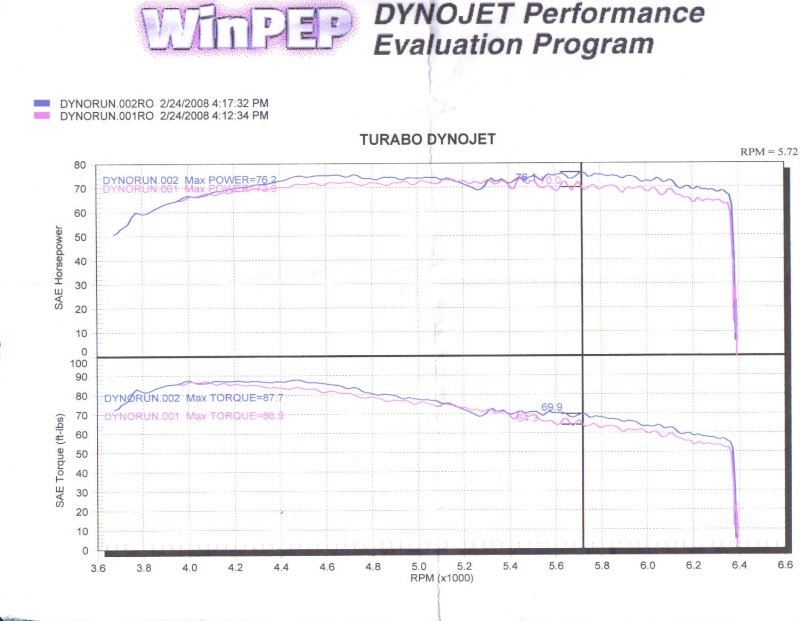PrecisionBoost wrote:mr_g wrote:DOHC is superior in any way to SOHC. SOHC is only better in that way
Anyways, that thing about mid range and high end is nonsense... A16DM has VGIS (variable geometry inlet system), and if you get beaten by 1.5, means your 1.6 16V is broken or VGIS doesn't work...
Sorry man, I don't like the fact that your misleading people with the thing "nonsense" comment
I have to say that you don't know anything about volumetric efficency and cylinder filling if you think that a DOHC is superior to a SOHC in low/mid range.
The VGIS system has nothing to do with the valvetrain layout.... the VGIS improves efficency by tuning the runners for particular RPM.
So..... on to the technical stuff.
Obviously the whole goal is to get as much air into the cylinder as possible during each stroke.
The port size is a big factor in how well the cylinder fills, and the port size is directly related to the number of valves.
At low RPM most DOHC engines are less efficent because they have too low of a port velocity to fill the cylinder and burn efficently.
Basicly the square area of the port is the determining factor for velocity
A DOHC has two ports, and overall the ports are usually significantly larger than the SOHC engines.
I will equate it to something simple so people can understand....
Imagine blowing air through a small straw, then switching to a larger straw.
The air coming out of the small straw is very fast, the air coming out of the larger straw is slow
The resistance in the small straw is fine when your not blowing hard but as soon as you really try to blow it starts to give resistance.
The resistance in the big straw is next to zero when your not blowing hard and as you blow harder the resistance only increases slightly.
So a SOHC engine will have a smaller port area and therefore it will offer more resistance to airflow at high RPM
But at lower RPM the air entering the cylinder will be coming in very fast which helps the air/fuel mix better and burn better (producing more torque/power at low/mid RPM )
A DOHC on the other hand has a low port velocity at lower RPM levels and therefore the air/fuel mix doesn't burn as well ( resulting in less torque/power at low/mid RPM )
At higher RPM the port velocity starts to rise quickly and the engine becomes more efficent.
At higher RPM the larger port area allows for less air resitance and therefore more air getting into the cylinder.
In short the DOHC is the best engine for racing but the SOHC is better for every day driving.
When your racing you keep the DOHC up into it's peak power range which makes the car faster.
However.... if you race a DOHC against a SOHC and shift at 3000 RPM the SOHC will kick the ass of the DOHC
That is also the reason why a SOHC will get better fuel efficency if your driving like a granny shifting at relatively low RPM.
The fuel efficency is directly related to the percentage of fuel/air that burns during each cycle.
Higher port velocities will result in a better burn (larger percentage of air/fuel burnt ) during each cycle.
This again is the reason why some companies run their engines like my Mazdaspeed3 MZR 2.3L DISI turbo as a Single overhead valve at low/mid RPM and then open up the other port to be a Dual overhead valve at high RPM.
Hopefully I've made sense of the SOHC vs DOHC issues.... and please don't consider it nonsense as mr_g would suggest.
If it wasn't true then companies like Mazda wouldn't be going through the hassle of adding a restrictor on one of the valve paths.
Keep in mind my Mazda makes nearly 300lbft of torque and still manages to get 25 MPG when I drive the crap out of it on a daily basis.




